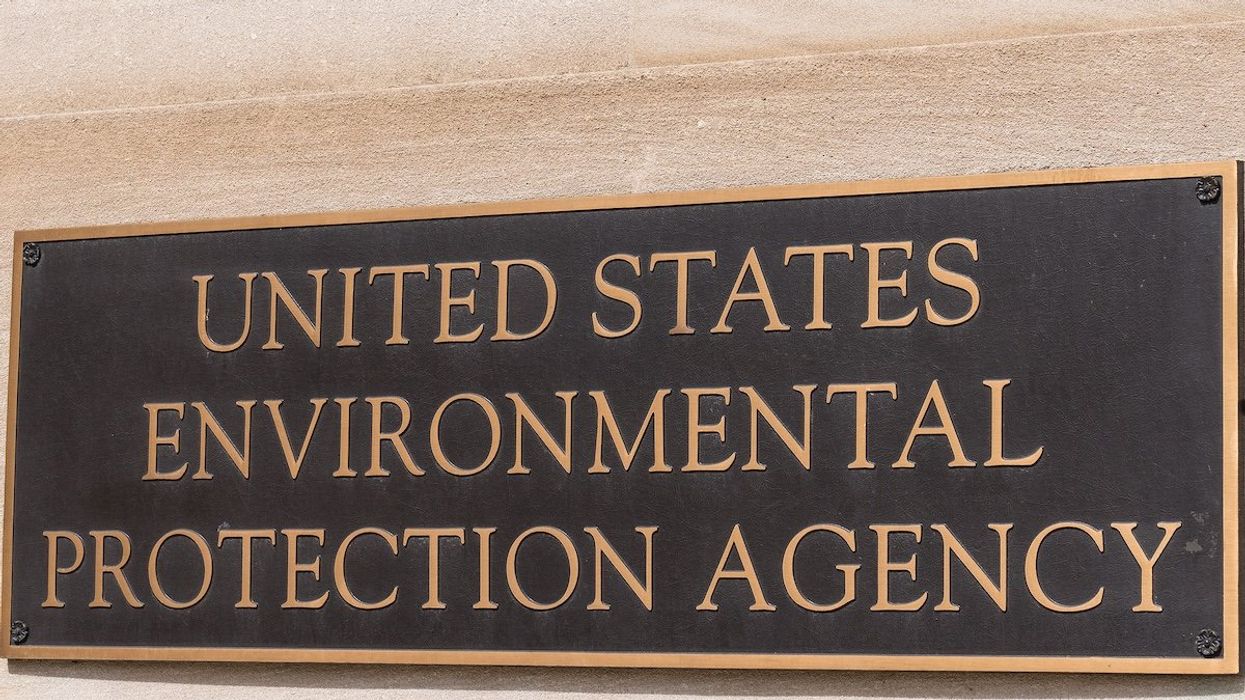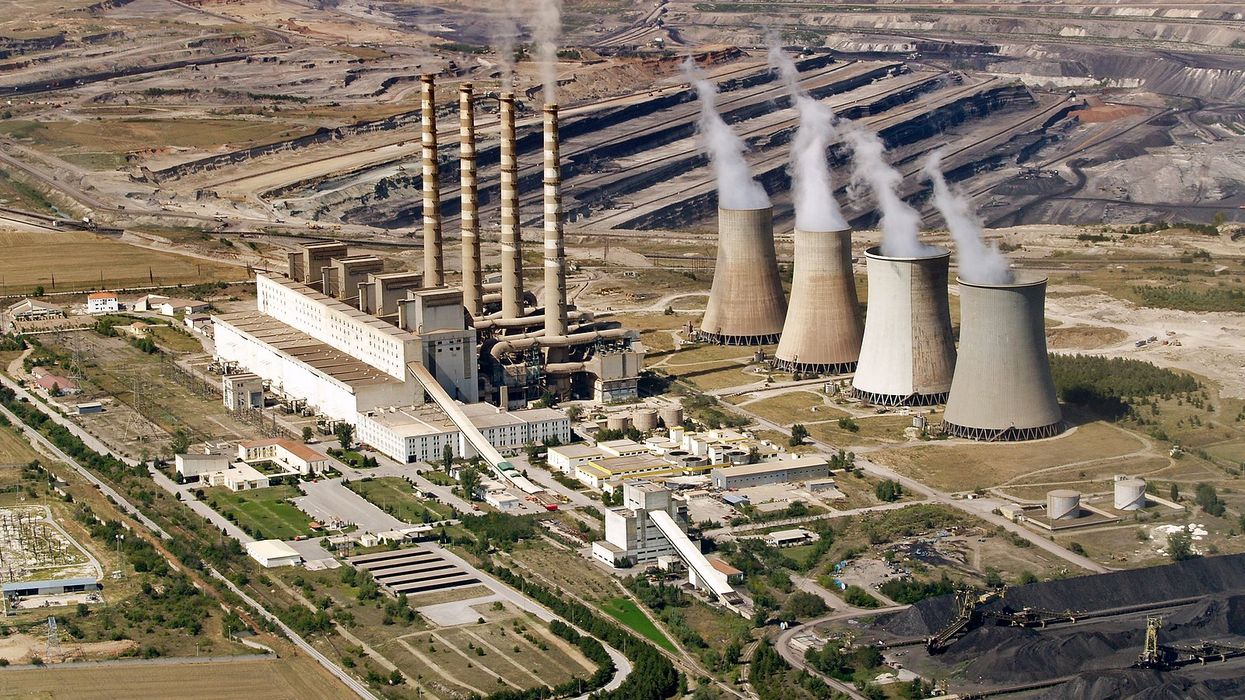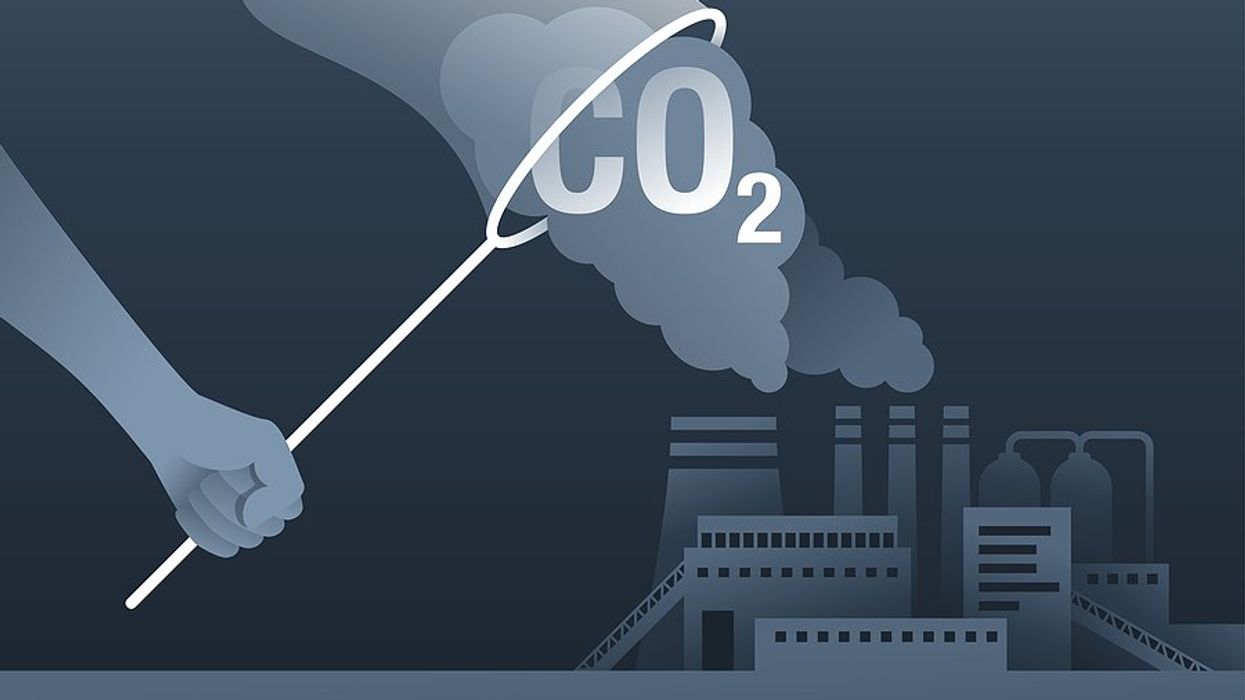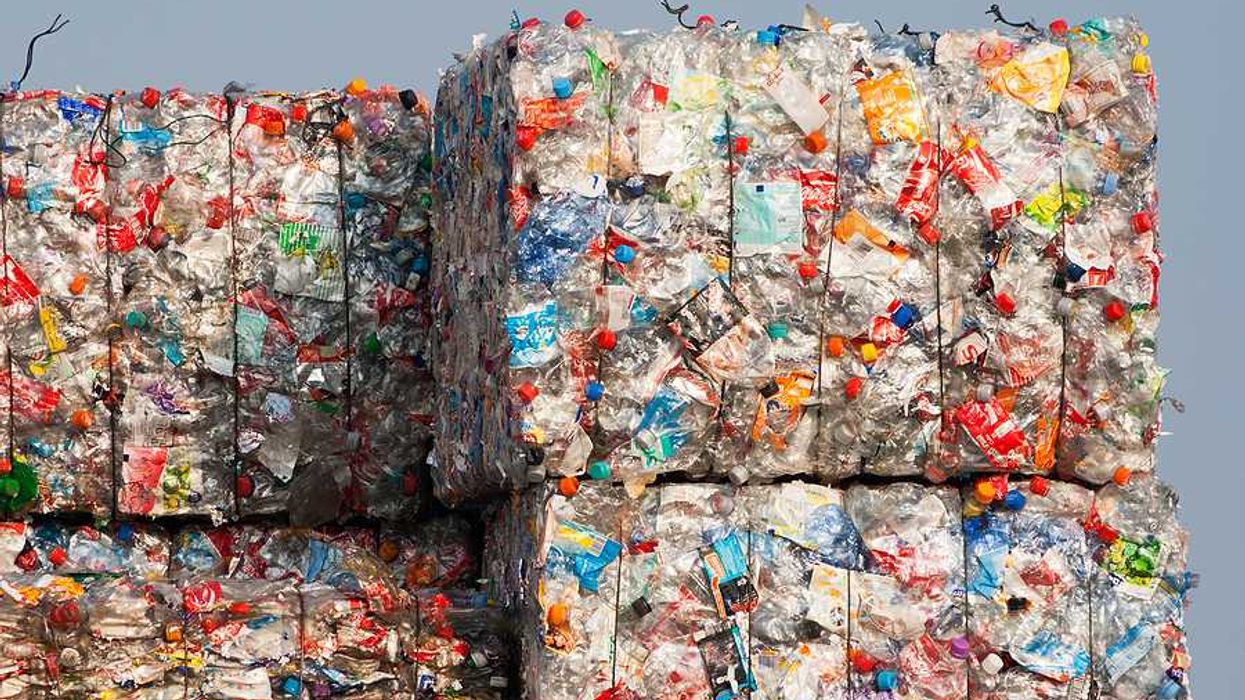State officials in Illinois have warned residents in dozens of communities that their drinking water contains unsafe levels of PFAS, a class of toxic chemicals linked to cancer and other health issues.
Douglas J. Guth reports for Inside Climate News.
In short:
- In April 2025, the Illinois Environmental Protection Agency alerted 47 community water systems — serving more than 400,000 people — that their water contained PFAS levels exceeding new state limits, following adoption of a federal standard.
- Crest Hill, a city southwest of Chicago, found two PFAS compounds in its wells above state thresholds, prompting plans to switch to treated Lake Michigan water by 2030 and continue testing through 2027.
- Researchers at the University of Illinois Chicago are developing a filtration system that destroys PFAS on site, with support from the Department of Energy.
Key quote:
“PFAS is everywhere, but a lot of people don’t know it.”
— Ron Wiedeman, city engineer for Crest Hill
Why this matters:
Since PFAS chemicals are invisible and odorless, people often have no idea they’re ingesting them. Contaminated drinking water is one of the most common routes of exposure, especially in communities near industrial sites or military bases. Efforts to regulate and eliminate PFAS are growing, but the chemicals’ persistence and widespread use make mitigation difficult and costly. Though some wells in cities like Crest Hill remain uncontaminated, residents are now left questioning the safety of every glass of tap water — without clear timelines or immediate alternatives. The multi-year lag between testing and public notification, along with the projected 2030 timeline for a cleaner Lake Michigan water, leaves entire communities in limbo.
Related: Millions in the U.S. may rely on PFAS-contaminated drinking water














